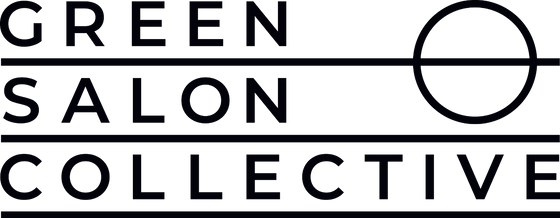Mirror Talkers is a partnership between Green Salon Collective, a salon recycling service, and Professor Denise Baden from the University of Southampton. Collaborating on their joint goal of making hair salons more sustainable, Mirror Talkers aims to empower hairdressers to have conversations with clients about sustainable hair care, and for clients to be able to reduce their environmental impact through their hair routine.
You might have landed on this page because you’re enjoying a bit of You Time and your hairdresser has started talking to you about sustainable hair care, or you might be a hairdresser wanting to dive a bit deeper into the world of sustainable hair care so you can chat about it confidently with your clients.
Whatever your reasons, keep reading for some great ideas to lower your energy and water bills while and reduce your waste - all whilst maintaining your gorgeous locks!
Did you know?
90% of the carbon footprint of a bottle of shampoo is the hot water used when washing hair
Did you know?
25% of domestic energy use is attributed to hot water
WATCH: Overview of the Mirror Talkers Study
Eco Tips
Training videos for hairdressers who want to learn more about how they can discuss sustainable haircare with their clients
In collaboration with GSC member salons and Professor Baden, we've put together a series of training videos and roleplaying videos to help you get to grips with these key sustainable haircare principles, and how you can discuss them with your clients.
About Mirror Talkers & Our Study Findings
‘Mirror Talkers’ is the brainchild of Green Salon Collective and Denise Baden, Professor of Sustainable Business University of Southampton, and looks at the effectiveness of displaying small messages on salon mirrors (hence, mirror talkers), to engage clients in conversations around sustainable haircare.
30 salons were involved in the year-long study, with each provided a selection of thought-provoking ‘Eco Tips’ aimed at getting clients talking about their haircare and sustainability, and how you can make your routine more eco-friendly.. These ranged from ‘Running hot water is the most expensive and energy-intensive activity we do in our homes’ to ‘Do you always need to use conditioner?’
Each Eco Tip had a linked QR code, leading to the training required to navigate those conversations, as well as a separate survey for both client and hairdresser to gauge their feedback on the process. The survey also invited clients and hairdressers to participate in one-to-one interviews to provide further feedback.















